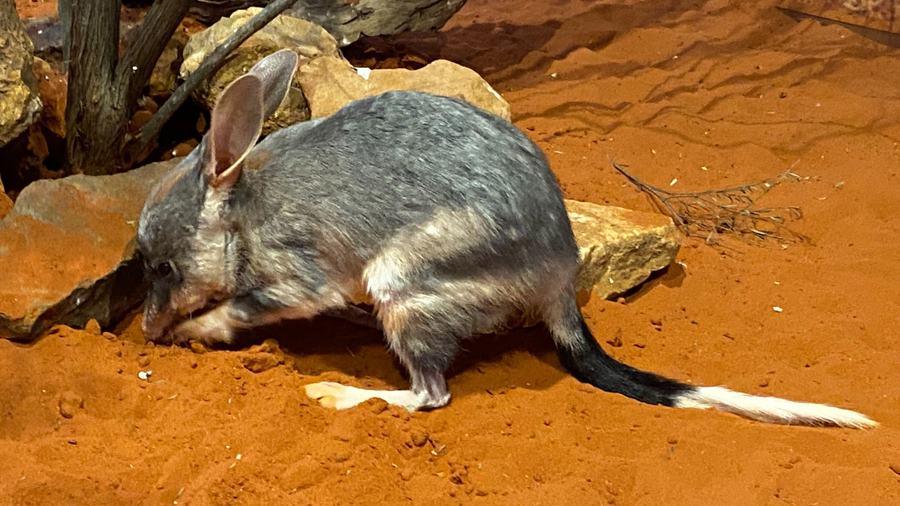An international team that included the involvement of the UAB has sequenced the genome of two species of the marsupial Bilby, one of them already extinct. The data has allowed researchers to create a tool for a faster and more efficient assessment of the natural populations of the extant species so as to prevent its extinction. The results of the study, published in Nature Ecology & Evolution, represent a huge advance in the genomic and evolutionary fields, and for species conservation.

The study was led by the University of Sydney, in collaboration with several research centres, most of which also Australian, and was conducted jointly by researchers, Indigenous rangers and conservation managers. The UAB's involvement included Aurora Ruiz-Herrera and Laia Marín-Gual, researchers from the Department of Cell Biology, Physiology and Immunology and the Institute for Biotechnology and Biomedicine (IBB).
The research focused on the greater bilby (Macrotis Lagotis) marsupial, also known as Ninu to Australia's indigenous Kiwirrkurra community, to which it is closely linked, to better understand its biology and develop more effective conservation measures.
The greater bilby, often referred to as the Australian Easter bunny, is the only marsupial representative of its family that still survives. Omnivore and notable for their large ears and backward facing pouches, the species inhabits the Australian desert and has a very significant cultural and ecological value; however, it is only found in 20% of the area it originally occupied in Australia,. Its decline, moreover, is reducing the knowledge of the marsupial among the indigenous community, as well as the practices of its maintenance. Bilby populations are often managed in the wild by Indigenous rangers, while approximately 6000 live in fenced sanctuaries, islands and zoos.
The study sequenced the first genome of the greater bilby at chromosomal level and also a large part of the genome of the lesser bilby, a species that became extinct in 1931. The former was obtained from a zoo bilby and the latter from the skull of a specimen collected in 1898.
The greater bilby reference genome is one of the highest quality marsupial genomes to date, researchers highlight.
The comparison of the genome with DNA sequence of multiple individuals, from different regions and habitats, has provided detailed information about the species' unique biology, for instance their unique sense of smell and how they survive in the desert without drinking water, and has allowed to prove the genetic benefits provided by the mixing of different populations (captive and wild). This measure, which was taken to increase the genetic variability of the greater bilby, has been shown to guarantee its adaptive potential and long-term survival.
The genomic data allowed researchers to develop and fine-tune an innovative tool based on SNPs (single nucleotide polymorphisms, i.e., small variations in the DNA strand), which helps them to understand the distribution and movement between populations of the greater bilby, or if they are related, with the aim of supporting indigenous communities in the conservation of the species.
In contrast to previously used measures, which depended on the capture and collection of tissue directly from the animals, this new approach allows the genetic variations of each individual to be analysed from their excrements, which greatly facilitates sample collection and reduces costs.
"The application of this new tool facilitates an appropriate ecological assessment of both captive and wild populations and a better understanding of the genetic diversity of the different populations", says Aurora Ruiz-Herrera, director of the Animal Genomics research group at the UAB. "This breakthrough represents a great step towards the effective conservation of the greater bilby and demonstrates the power of genetics in the protection of endangered species", she emphasises.
The study was led by research teams from the University of Sydney, with the involvement of UNSW Sydney, University of Western Australia, University of Adelaide, the South Australian Museum of Adelaide and the Australian Museum of Sydney, in addition to the Universitat Autònoma de Barcelona and the University of California, Santa Cruz.
Original article: Hogg et al. (2024). «Extant and extinct bilby genomes combined with Indigenous knowledge improve conservation of a unique Australian marsupial» Nature Ecology and Evolution. https://www.nature.com/articles/s41559-024-02436-2






